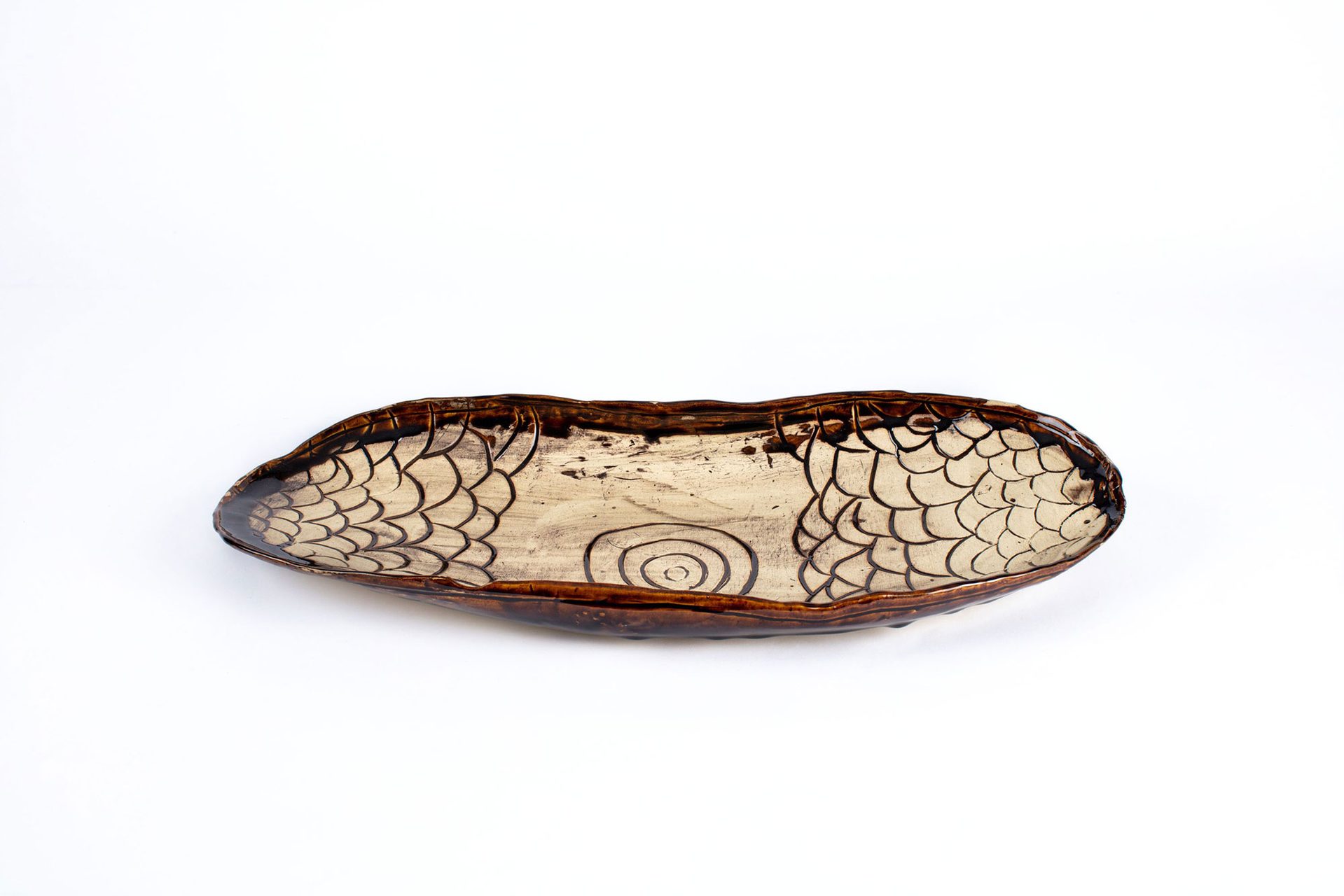Jody Rallah’s Hands-On Approach

The third galang residency recipient Jody Rallah is taking her yuggera/yugggerabul culture to the Cité internationale des arts in Paris with a touchable plan for the future.
‘Those experiences to install work and connect with communities have given me the opportunity to grow my practice, because it’s through the conversations, it’s through the yarns, it’s through the actual making and working with my hands that I learn.’
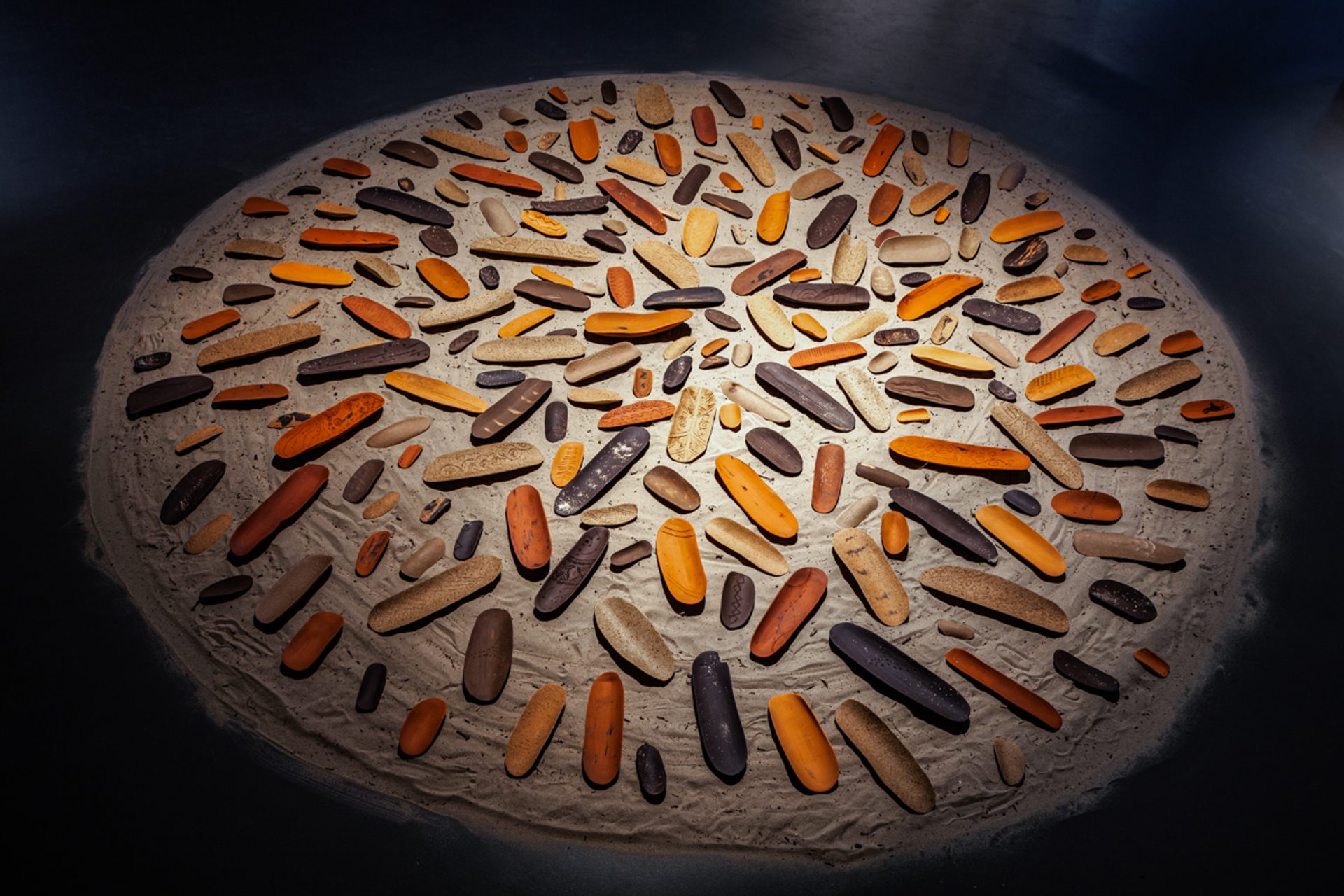
When Jody Rallah graduated with her Bachelor of Contemporary Australian Indigenous Art from the Queensland College of Art and Design in 2019, she was following in the footsteps of famous alumni such as Tony Albert, D Harding and Mandy Quadrio, but what she did next was quite different. She literally took off cross Country. Invited to participate in the national graduate show Hatched at the Perth Institute of Contemporary Arts (PICA), the yuggera/yugggerabul and biri/bindal woman from Brisbane began working with PICA staff and local Noongar Elders on an installation of her ceramic coolamon vessels, floating them on a sea of sand of Noongar Country. ‘That was a real jump,’ recalls Rallah, ‘because previously I had only worked on yuggera Country. I’d only worked on my Country, only had connections with my Elders and my communities here.’
Rallah’s Coolamon Project set the template for a new working methodology that saw the young artist travel around Australia two years later, sharing her work through clay workshops for the group show Drawn by stones. ‘Being able to do that was so special,’ says Rallah, ‘because it felt there was a sense of exchange, across different Nations with different people, cultures and considerations. Desert Country, for example, is so different from Rainforest Country or Noongar Country. They’re all so different from one another. And being able to establish those connections and have those conversations – I was thrilled to be able to do that.’
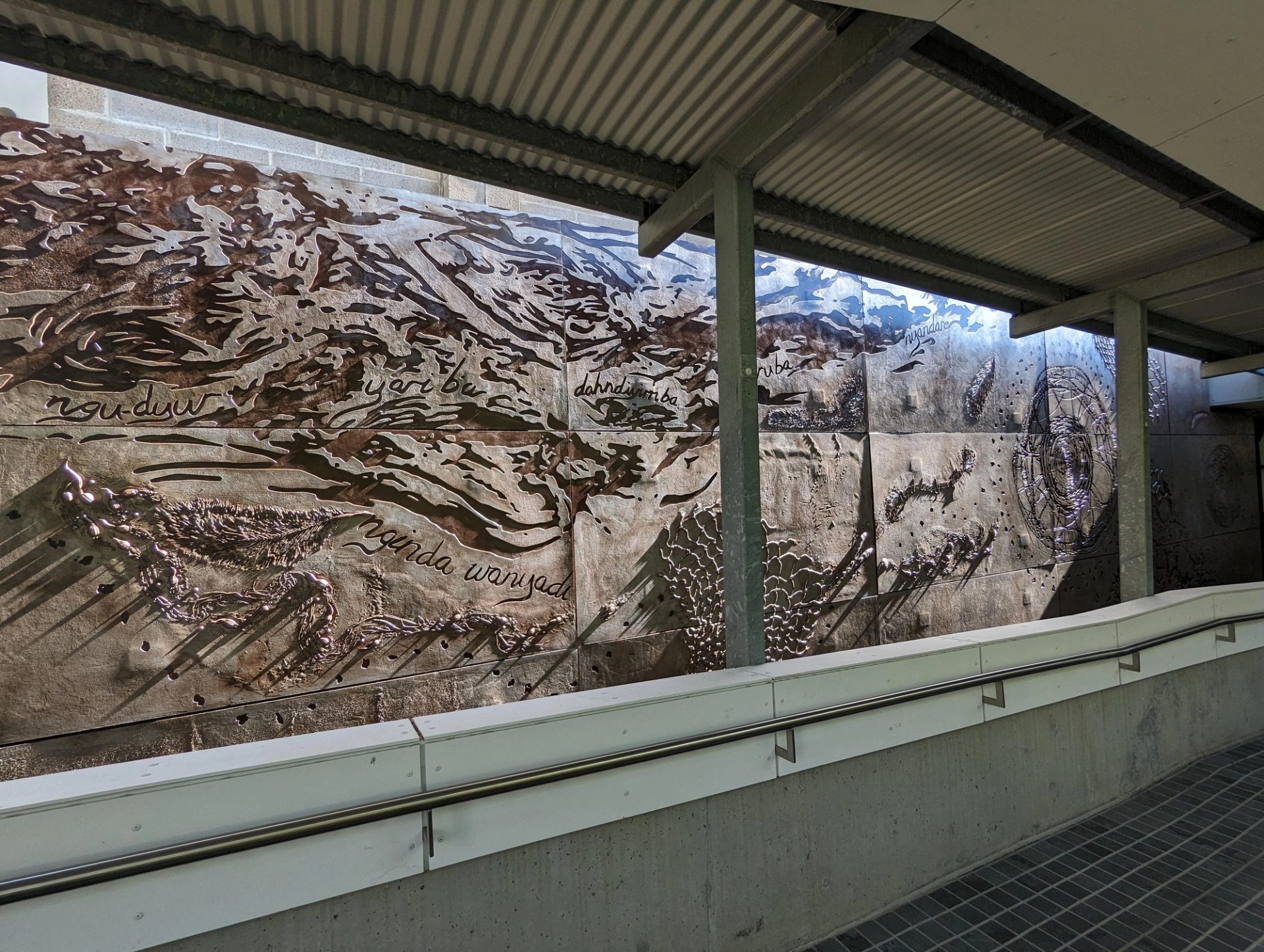
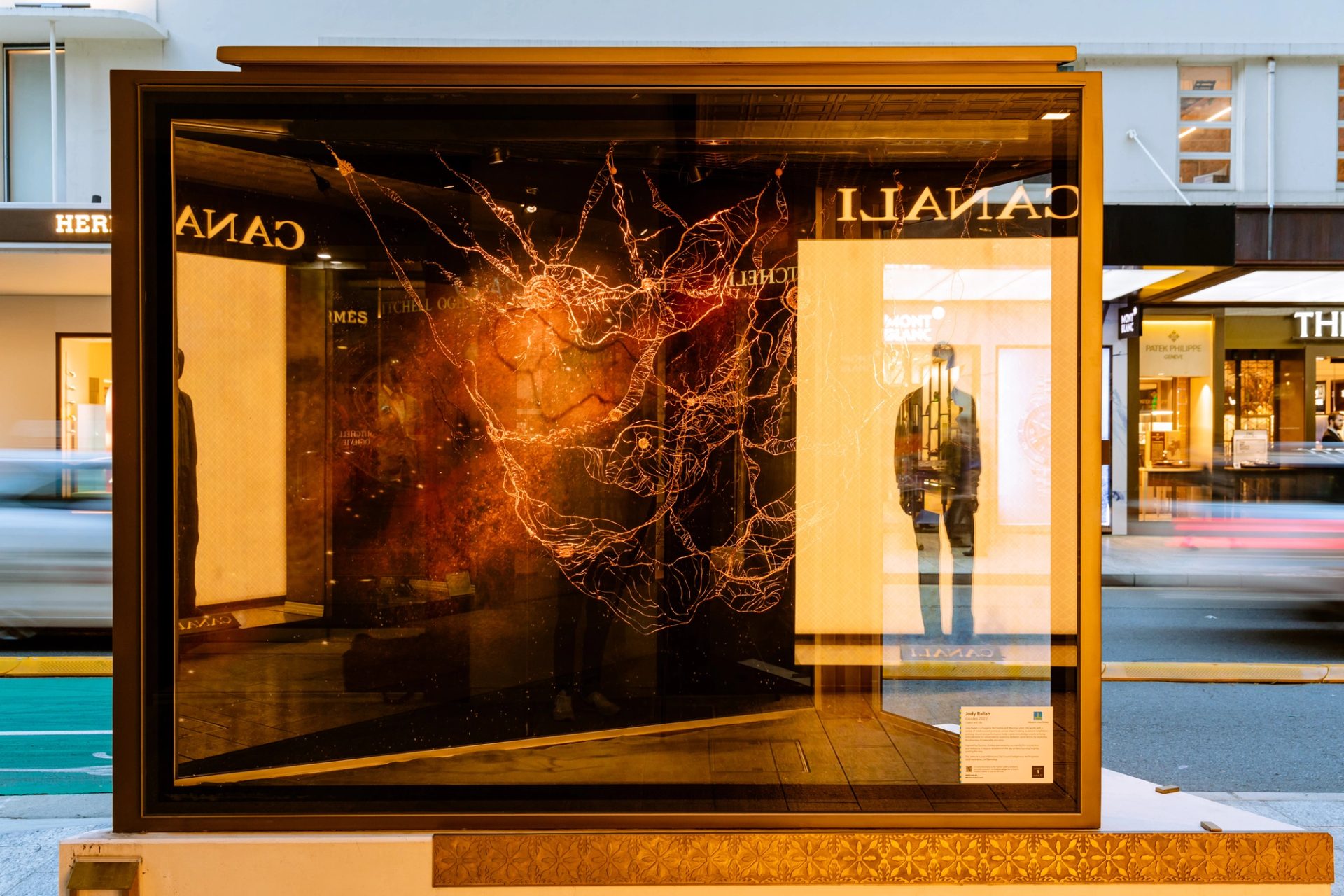
Rallah is taking that cultural connectivity and hands-on approach with her to Paris. From May until July this year, she will be the third galang residency recipient at the Cité internationale des arts as part of the Powerhouse initiative to support Australian-based First Nations creative practitioners. For this first-time visitor to Europe, Paris looms as a city alive with ideas. ‘From a First Nations perspective, Paris has been an iconic place that values arts and culture, and has a history of revolution.’
Paris also offers Rallah a practical and touchable field for her ongoing research. At the top of her list of museums to visit is the Musée Louis Braille, named after the 1800s founder of the reading and writing system for the hearing impaired. On her residency, Rallah will explore how braille and tactile languages ‘create a different kind of understanding of artform and artefact because these are things that we make with our hands. They can be playful but the meaning that we assign to them can be really important. It makes me think about message sticks – for example, a detailed message and record encoded onto a stick form, carried by message stick bearers. We need to preserve these encoded memory spaces.’
Cultural preservation will also be a focus of her research as Rallah travels further afield to visit the ancient cave paintings of Lascaux, south-west of Paris. In the last few years, the artist has created a series of large-scale clay paintings, culminating in a 22-metre-long performative work at the Museum of Brisbane in 2023. Rallah considers clay to be a facilitator of cultural memory, and for her Lascaux offers a case study in how it can live on into the future. Here in the Dordogne, an exact replica of part of the Lascaux cave network was built to allow tourists to experience the paintings while protecting the original works. ‘It makes me think about home and the cultural spaces here and how we might preserve them and those knowledges for the future,’ says Rallah. ‘I’d love to think about my nephew growing up in a world where he could see our special sites and the information contained. How it’s translated, how it’s interacted with – these are all considerations for people 200 years in the future.’
While Rallah casts her artistic eye forward in Paris, she is also conscious of the important stepping stones that have brought her to where she is today. ‘I’m just incredibly grateful for these [residency] opportunities because they didn’t exist 10, 20 years ago,’ she says. ‘These opportunities only exist because of all the hard work from the people who’ve come before me. And then also their connections with institutions and people willing to uplift and invest so that we can create spaces that are alive and energetic and that can speak back and create more value for communities.’
About
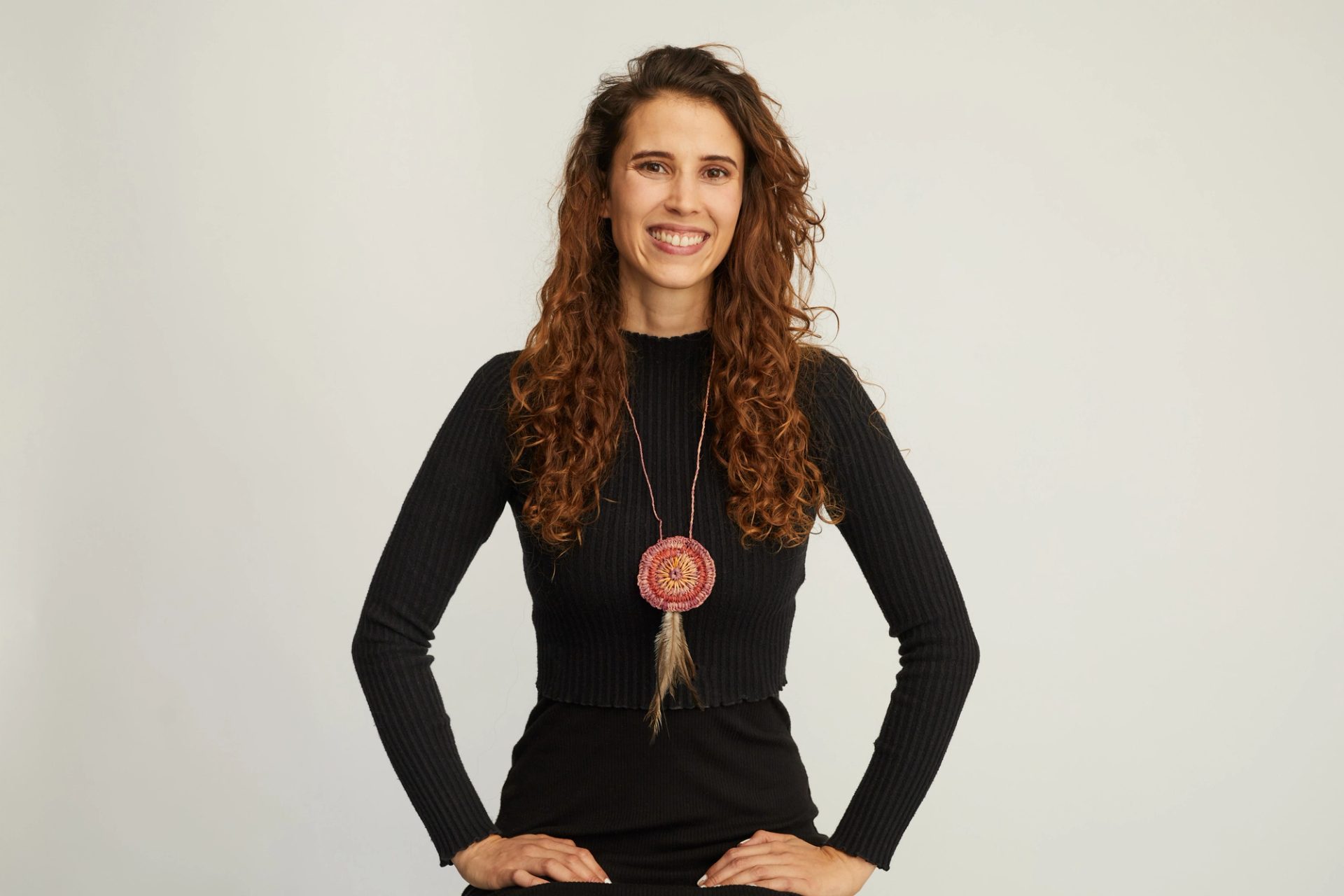
Jody Rallah follows Bundjalung, Kullilli and South Sea Islander writer Daniel Browning and Baramadagal weaver Jayne Christian as the third galang residency recipient in a unique collaboration launched in 2023 between Powerhouse Parramatta and Cité internationale des arts, Paris. She will be followed later in 2024 by Jack Gillmer, a proud Worimi and Biripi guri (man) of the Gathang language group.
More
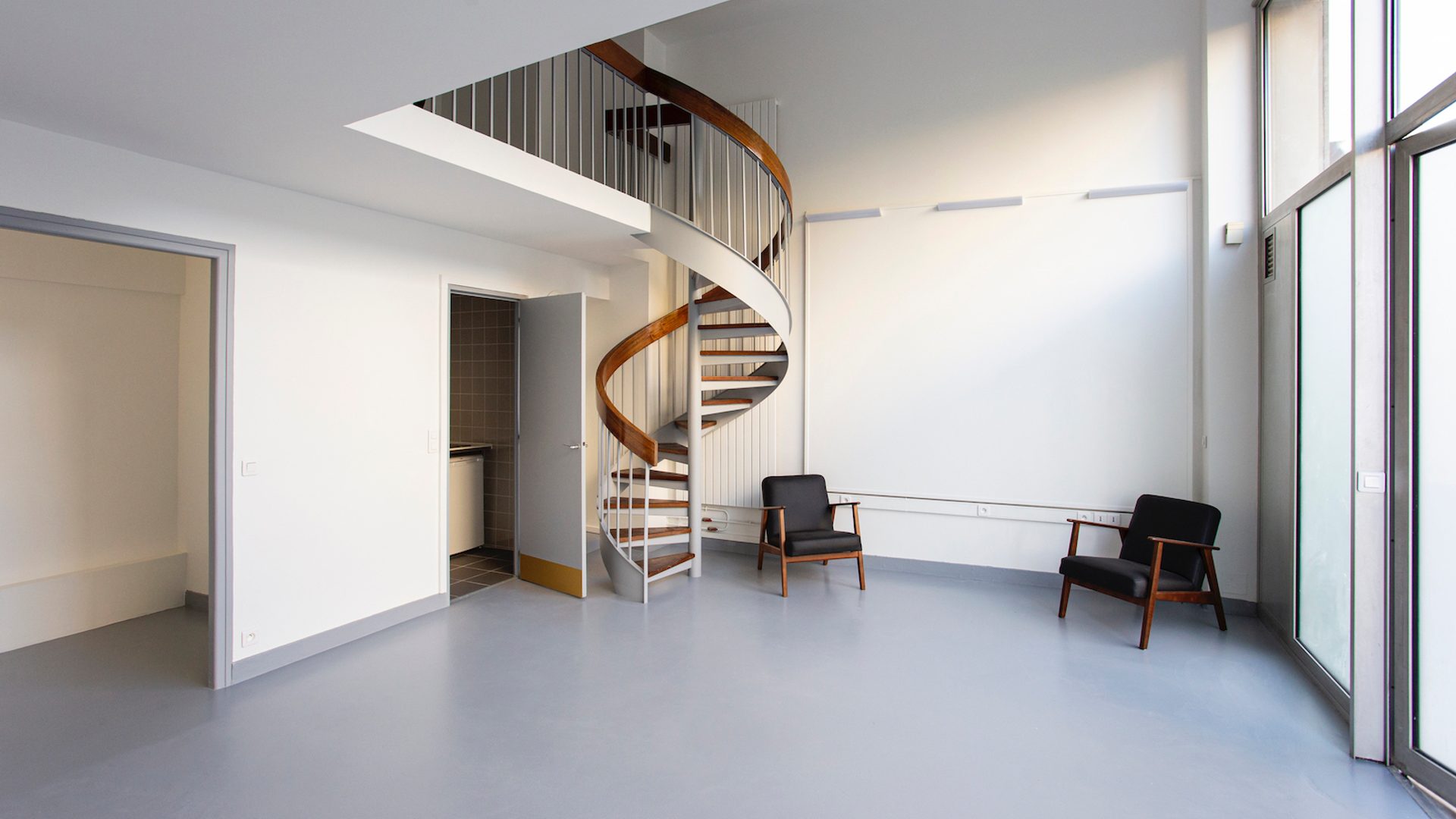
galang Residency
The galang residency program is a unique platform for First Nations artists based in Australia to create a fruitful dialogue with creators from the French and international artistic and professional scenes — and to open their references and practices to other horizons and new audiences.

Initiatives
We support and invest in a range of initiatives that sustain industry development and individual creative practice across the applied arts and sciences and creative industries.

















